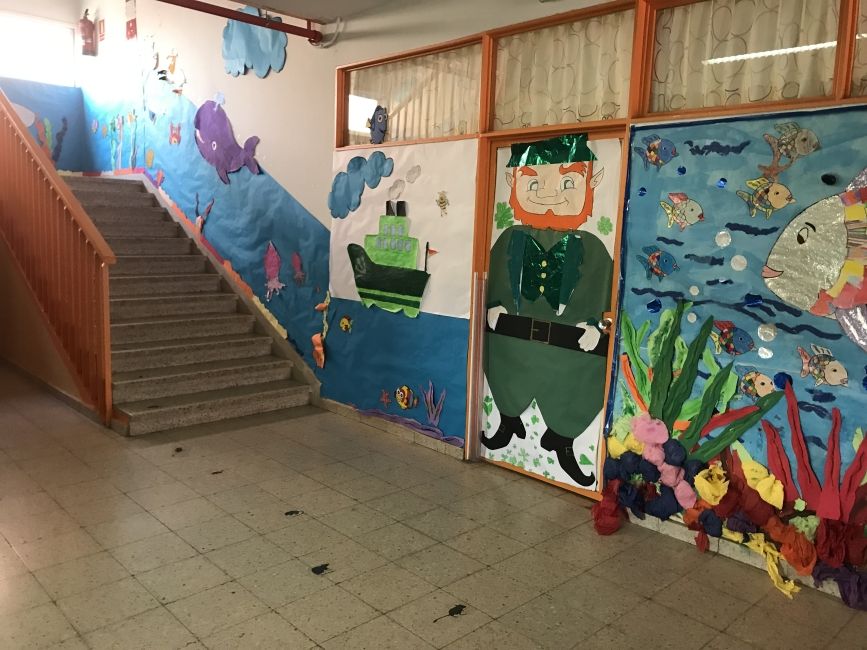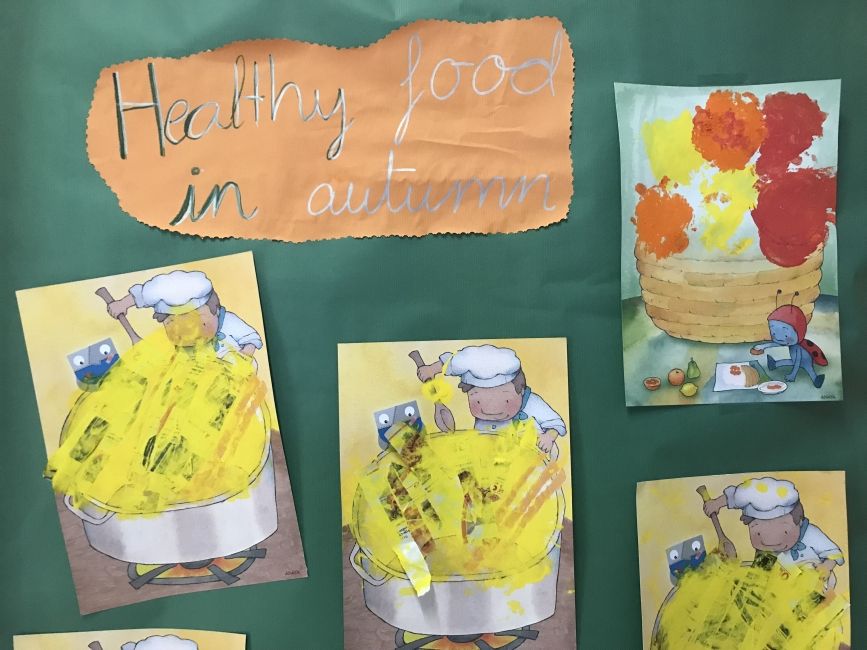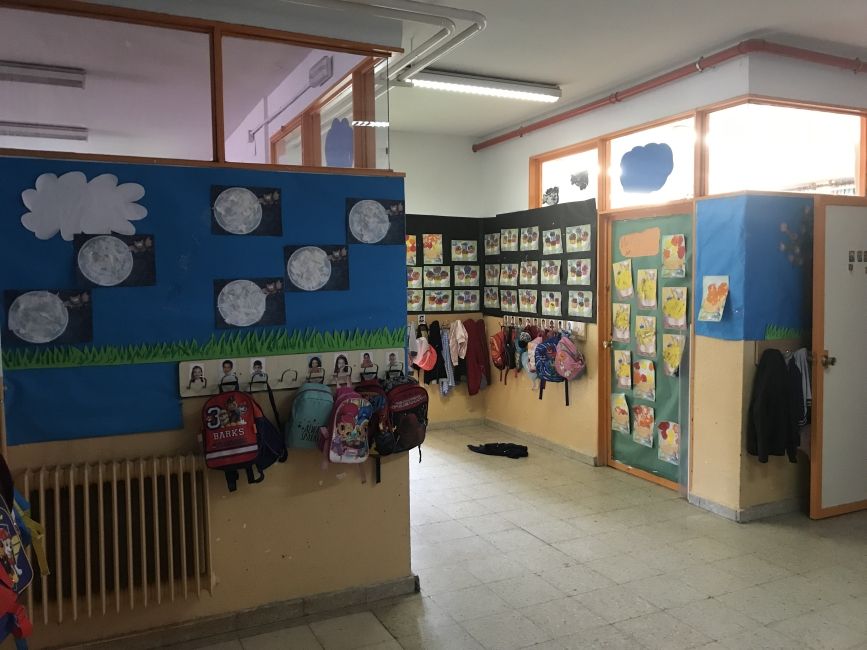Getting started with English at an Infantil School
When applying for the CIEE Teach in Spain program, I was dead set on working with the infantil or primario age groups. Most of my previous teaching experience was with four to six year olds so I thoight I new what to expect. Anyone that heard I would be working with three and four year olds immediately questioned me about how I would teach a new language to such a young age group. Though I wasn't sure what to expect from a Spanish classroom, I was pretty confident about my ability to get the students to use the target language. However, it turned out to be a bit more of a challenge than I had anticipated and I had to adjust my goals and methods slightly in order to more gradually work the students up to speaking in English.
The first week I quickly learned that, with the students being so new to the concept of school in general, it was very challenging even to have them repeat simple words. When addressing students, I was met with wide-eyed, confused stares. I had to adapt my teaching methods and find new ways to get the kids interested in using English. The first week, I made it my goal to get them to use an English word other than "hello," even if it was just repeating. I noticed that the three and four year olds loved to give me high-fives and it was something that transcended the language barrier between us. When they gave me a high-five I would act like hey hurt my hand and say "wow, that hurt." I would then tell them, "You're strong," while doing am arm flexing motion and saying the word "strong" in a deep, funny voice. With several repitions of the word "strong" students began saying it themselves while doing the motion and the funny voice. It was my first breakthrough in getting them to use the target language themselves. We continued this high-five game throughout recess and in the following days I did several riffs on the same concept to teach new vocabulary words little by little. With the students being so new to school and learning a new language, these games got them used to repeating in English and gave them the urgency to use the language to participate in the game. Once they were comfortable repeating these words in a fun setting, they became more comfortable repeating and using English words in a more structured classroom setting.
I have also found that songs are a great way to introduce this age group to English. Songs have the same affect in getting them used to using the language, even if they may not understand everything they are singing. In the classroom we have used songs to introduce weather, greetings, colors, bodyparts, and animals before using that vocabulary in more substantive ways duing the rest of the lesson. The classroom teachers usually allow auxiliars to do songs during circle time, or with videos on YouTube during English class or transitions between classes. With the younger age groups I have found that things are usually less structured, so anything can be an opportunity to use and practice English, from snack time to craft projects. I have noticed that the classroom teachers usually love when auxiliars use English in whatever opportunity arrises. I am constantly looking for how I can use English, not only to improve the students' language skills, but also to reinforce the subjectmatter at hand. This young age is a great time to get the students used to practical applications of English that apply to the classroom and their daily lives. I see it as my responsibility to prepare them to use English in the classroom for years to come. The hard truth is that, in a bilingual school, if a student's level of English lags, they can fall behind in their other subjects that are taught in English. At the three and four year old level, we want to help them fill their English toolbox so that they have the skills they need to succeed in the coming years.
Related Posts

Who Runs the World? Pharaohs.
Running the Pyramids Half Marathon in Cairo, Egypt Egypt and a half marathon? Let’s run it back—literally. I had the opportunity to travel to Cairo, Egypt, to run the annual... keep reading

Copenhagen Cosplays the North Pole
A Winter Weekend Guide If you’re searching for the perfect winter weekend getaway while studying abroad, Copenhagen deserves a spot at the top of your list. While the city is... keep reading

Let’s Moroccan Roll
A 4-Day Morocco Getaway from Madrid Morocco has become an increasingly popular destination for students studying and working abroad, and after spending four days there, it’s easy to see why... keep reading



